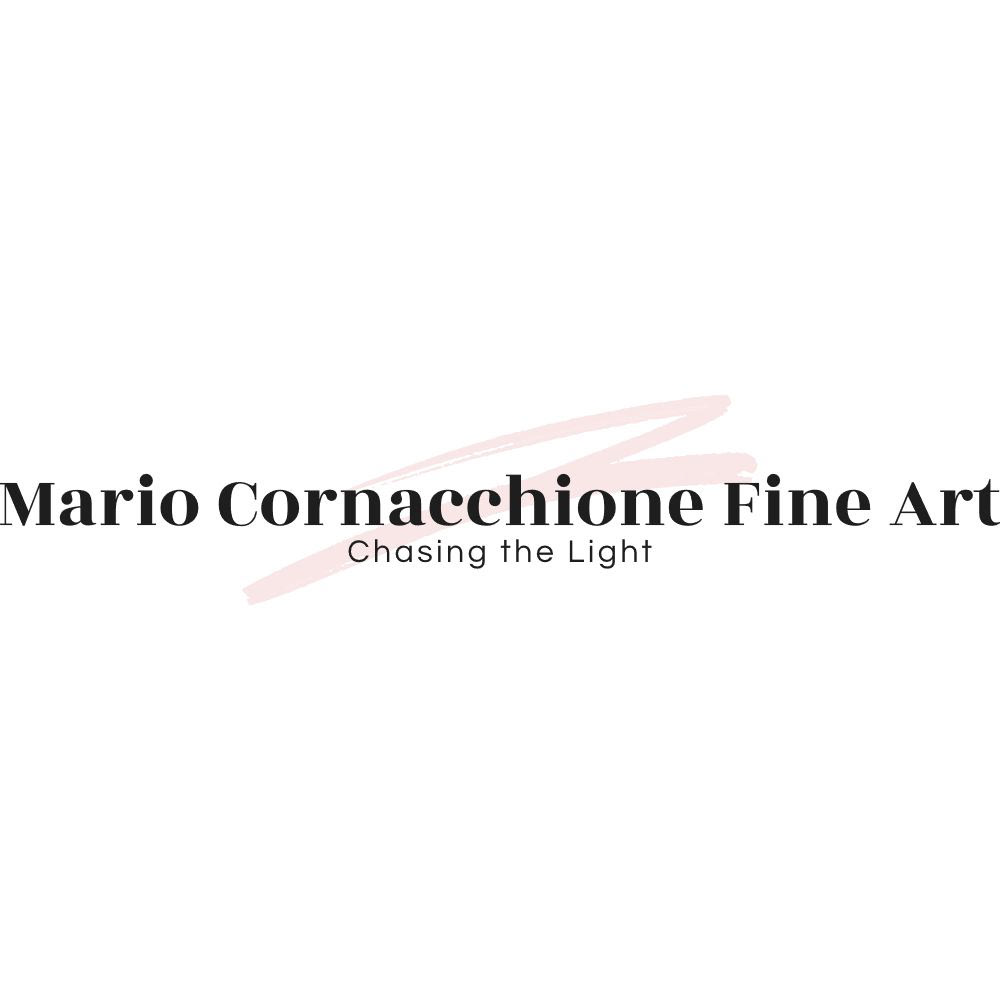“It is the artist in photography that gives form to content by a distillation of ideas, thought, experience, insight and understanding”-Edward Steichen
I cannot remember when I started experimenting with ICM but I do remember it was initially by accident. I remember being fascinated by the single image I created and spontaneously chose to deliberately make intentional camera movements to explore the image results. I became aware that this was actually an evolving art form in photography and also discovered ICM Magazine about 3 years ago. Since then, it has been a journey of learning and exploration guided by other ICM artists through resources such as ICM Magazine and Facebook groups. Not only the images in ICM Magazine but the thoughtful writings of artists have educated me, stimulated my passion and enriched my artistic life.
I have done many landscape photography workshops around the US all providing wonderful sites to photograph. I have thoroughly enjoyed learning composition and processing through them. I have however grown somewhat weary of creating grand landscapes and even smaller scenes at these workshops in particular. It has begun to seem repetitious in approach and outcomes. It seems everywhere I look there are wide angle shots with foreground prominence of rocks or flowers with distant grand components of mountains, streams etc. I have also grown weary of rules in photography, they are stifling and many times counterproductive to creativity, but not always! A repetitious theme and lack of originality in these type images has caused me to lose a level of interest in making these classic images myself, although I still do have some level of satisfaction in grander landscapes. In fact, I frequently take traditional landscape images and then follow up with ICM of the same area. I also go out with the specific intention to only shoot ICM. As Robert Adams wrote, “When photographers get beyond copying the achievements of others, or just repeating their own accidental first successes, they learn that they do not know where in the world they will find pictures. Nobody does. Each photograph that works is a revelation to its supposed creator.”
ICM is a mechanism for me to avoid the age-old rules in photography.
Perhaps you will say: But wait, how about design and composition, or in painter’s lingo, organization and significant form? My answer is that these are words which, when they become formulated, signify, as a rule, perfectly dead things…. Composition, design, etc., cannot be fixed by rules, they are not in themselves a static prescription by which you can make a photograph or anything that has meaning. They signify merely the way of synthesis and simplification which creative individuals have found for themselves. - Paul Strand
I would ask your indulgence in the quotes I bring to you as I believe they help explain the essence of what I and many using ICM enjoy and attempt to bring forward.
I consider myself an artist using photography to express myself. I love creating compositions and capturing nuances of light as well as image defining light. Not only light but the interaction of patterns, shapes, tones, mood and motion are components that make a photograph for me. I love reading about the old masters. As Minor White said, “If I have anything to give you through the camera it must be of myself….A gnawing burns inside…to make something of myself worth giving.” ICM gives me this opportunity like no other form of photography.
The images I make with ICM are not merely representational of what I see (reality), they are expressions of what I feel as well, my experience at that moment. George Bernard Shaw wrote, “Without art, the crudeness of reality would make the world unbearable.” ICM offer me a mechanism to reach that emotion, expression of what I feel. There is a creative freedom and awareness I experience using ICM which I cannot obtain through purely representational imagery. Ansal Adams wrote, “Most creative photographs are departures from reality and it seems to take a higher order of craft to make this departure than to simulate reality.”
To me ICM is musical in its abstraction but not so in representational images. The motion of color itself brings a rhythm and musicality. I love this about this art form. On this subject Guy Tal writes in a recent issue of LenseWork “Modern painters attempted to accomplish music’s purity of expression in their own medium by turning to abstraction- by eliminating recognizable content from their works and appealing instead to the viewers innate sense of aesthetics by way of visual elements alone—colors, lines, shapes, patterns.” In addition, Wassily Kandinsky related that “A painter who finds no satisfaction in mere representation, however artistic, in his longing to express his inner life, cannot but envy the ease with which music, the most non-material of the arts today, achieves this end. He naturally seeks to apply the methods of music to his own art. And from this results the modern desire for rhythm in painting, for mathematical, abstract construction, for repeated notes of color, for setting color in motion.”
It is in this series of images from Fenwick Island, Delaware I am presenting my expression of the musicality of the sea by motion, abstraction, repetition and motion of colors, lines and shapes. It is enough that these images resonate with me and provide me with satisfaction but my hope is that they resonate with you as well.
“I know that to paint the sea really well, you need to look at it every hour of every day in the same place so that you can understand its way.’ -Claude Monet
